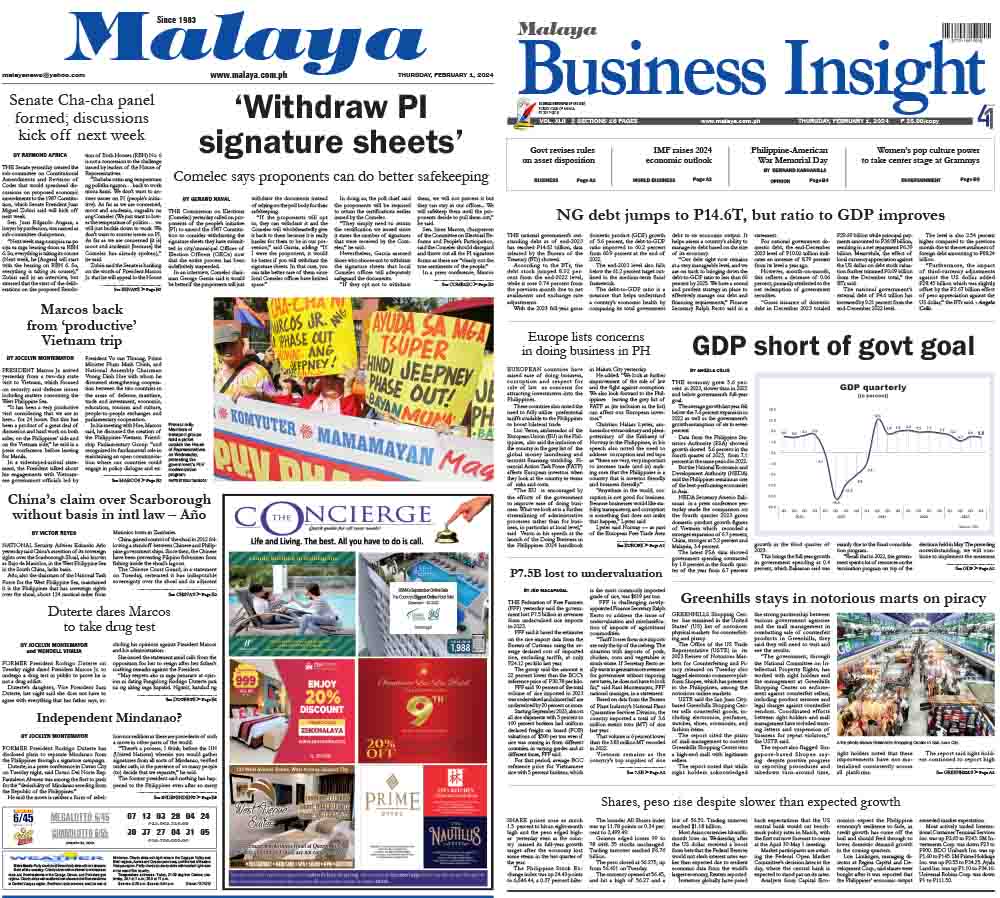THE Metropolitan Manila Development Authority yesterday said it sees no need for a traffic czar who will oversee and manage the deteriorating traffic situation in the metropolis.
MMDA Undersecretary Procopio Lipana said the agency, along with the Department of Transportation, Land Transportation Office and the Land Transportation Franchising and Regulatory Board, are in close coordination on how to improve the flow of traffic in Metro Manila, especially along major arteries such as the Epifanio de los Santos Avenue (EDSA).
More than 400,000 public and private vehicles pass through EDSA, the Metropolis’ main thoroughfare from Caloocan to Pasay City, daily when its carrying capacity is pegged only at 30,000.
There are 3.6 million public and private vehicles in Metro Manila, which has only a 5,000-kilometer road network.
Lipana said such coordination renders the idea of appointing a traffic czar unnecessary.
“I think there’s no need to appoint a traffic czar,” he told Radyo 630.
He said the MMDA and other government agencies are doing everything to alleviate the traffic problem, such as the deployment of additional traffic enforcers, especially along major thoroughfares during rush hours.
The agency, he added, is also coordinating with the 17 local government units in Metro Manila on how to improve traffic flow and for them to clear inner or secondary roads of traffic obstructions.
But Lipana said the agency is not downplaying the traffic problem in the metropolis.
“Our main problem as we all know is our infrastructure. There is indeed a shortage when we compare it with the number of vehicles in our roadways at present,” he said.
He added the situation will improve once Metro Manila’s transport infrastructures, including its mass transit system, are completed.
The Management Association of the Philippines recently suggested the designation of a traffic czar to oversee and address what it described as a traffic crisis in Metro Manila.
Two weeks ago, TomTom International BV, a multinational traffic data provider and location technology specialist, said Metro Manila had the worst traffic congestion among 386 metro areas all over the world last year.
It said motorists in Metro Manila spent an average travel time of 25 and 30 seconds per 10 kilometers, an increase of 50 seconds from its previous record.
The MMDA said the traffic congestion in Metro Manila is a decades-old problem aggravated by various factors, such as vehicle volume, lane blockages, diggings and road repairs, ongoing construction of government flagship infrastructure projects, road configuration and conditions, and the suspension of the No Contact Apprehension Policy last year.





